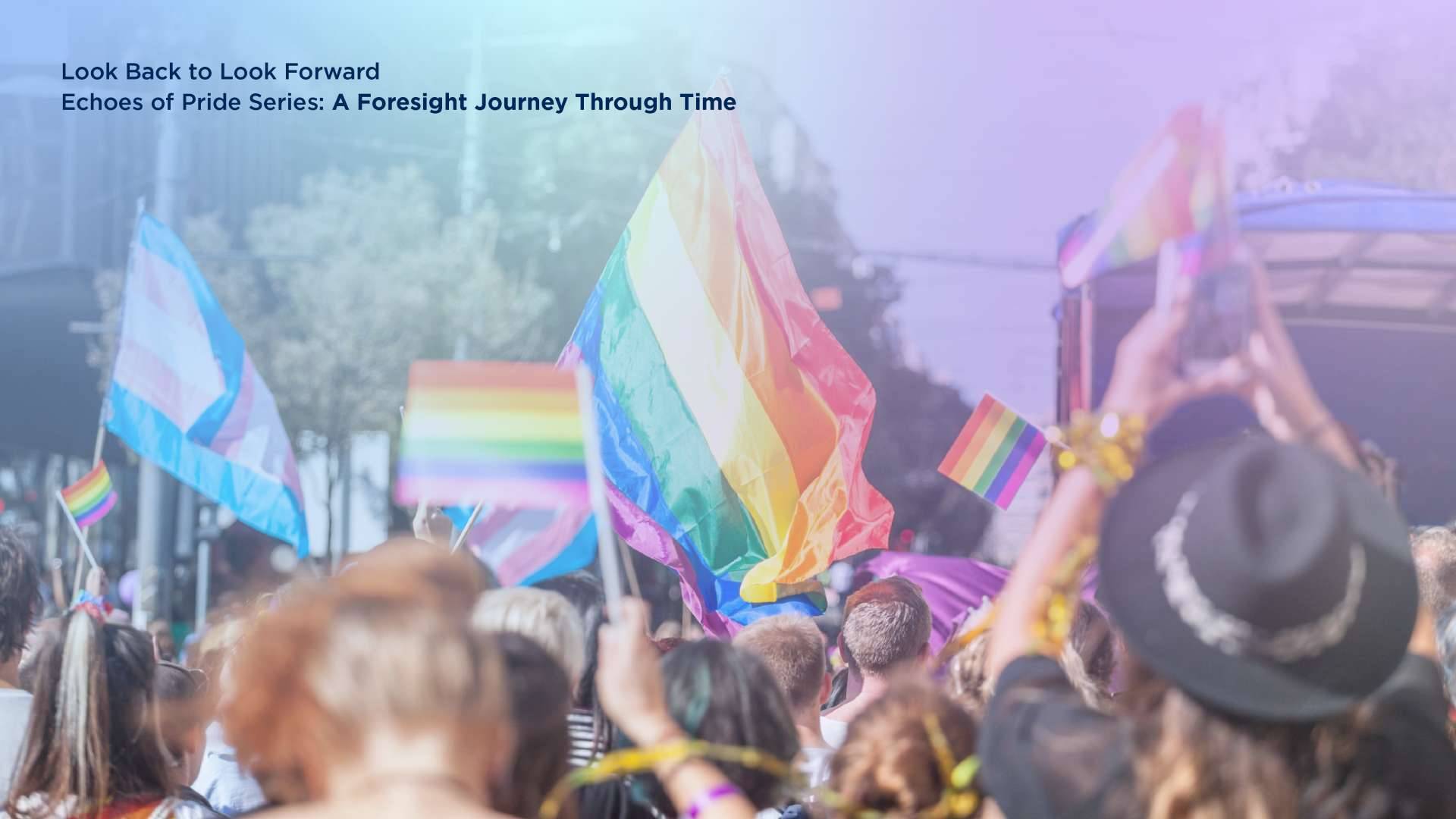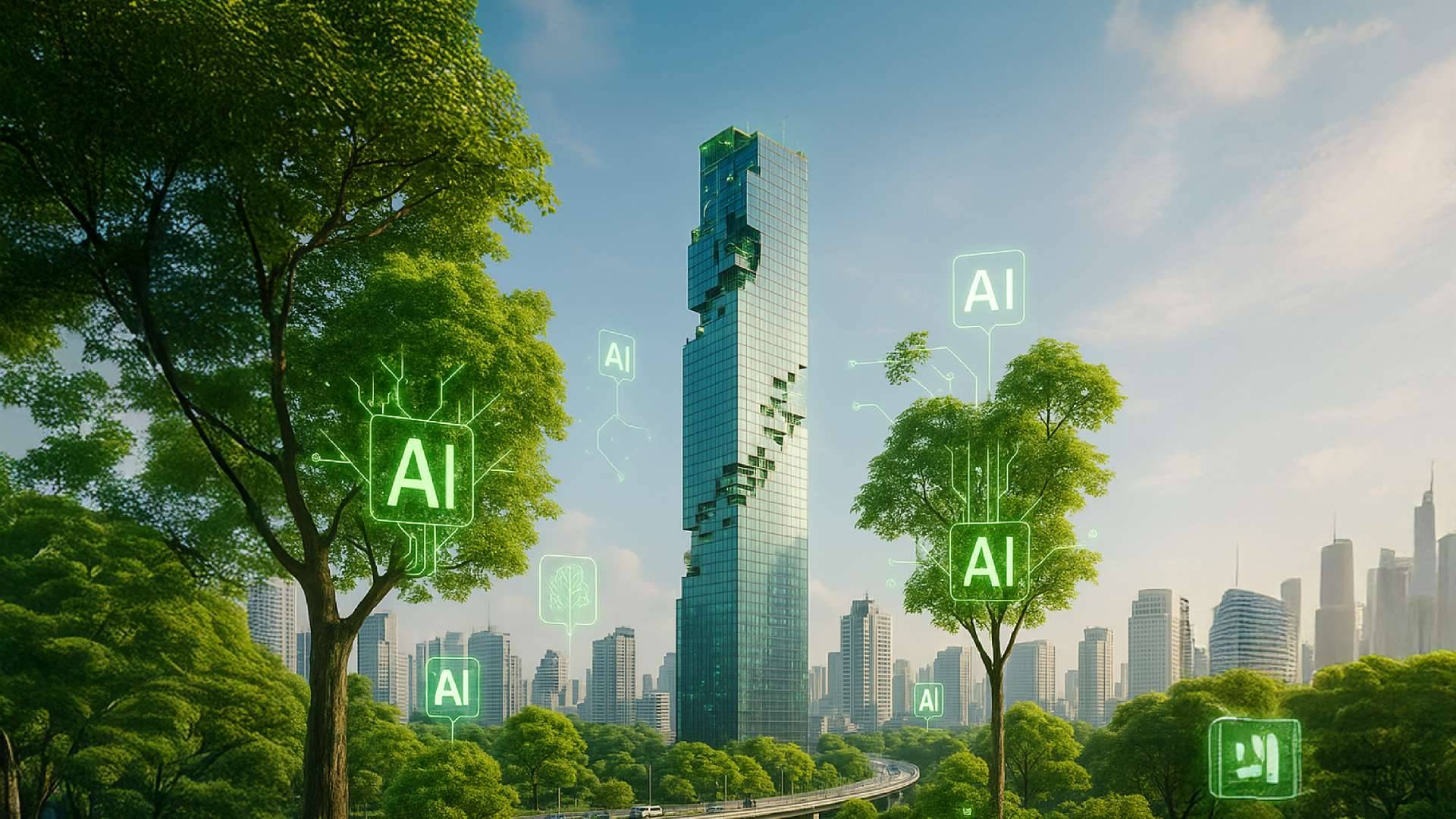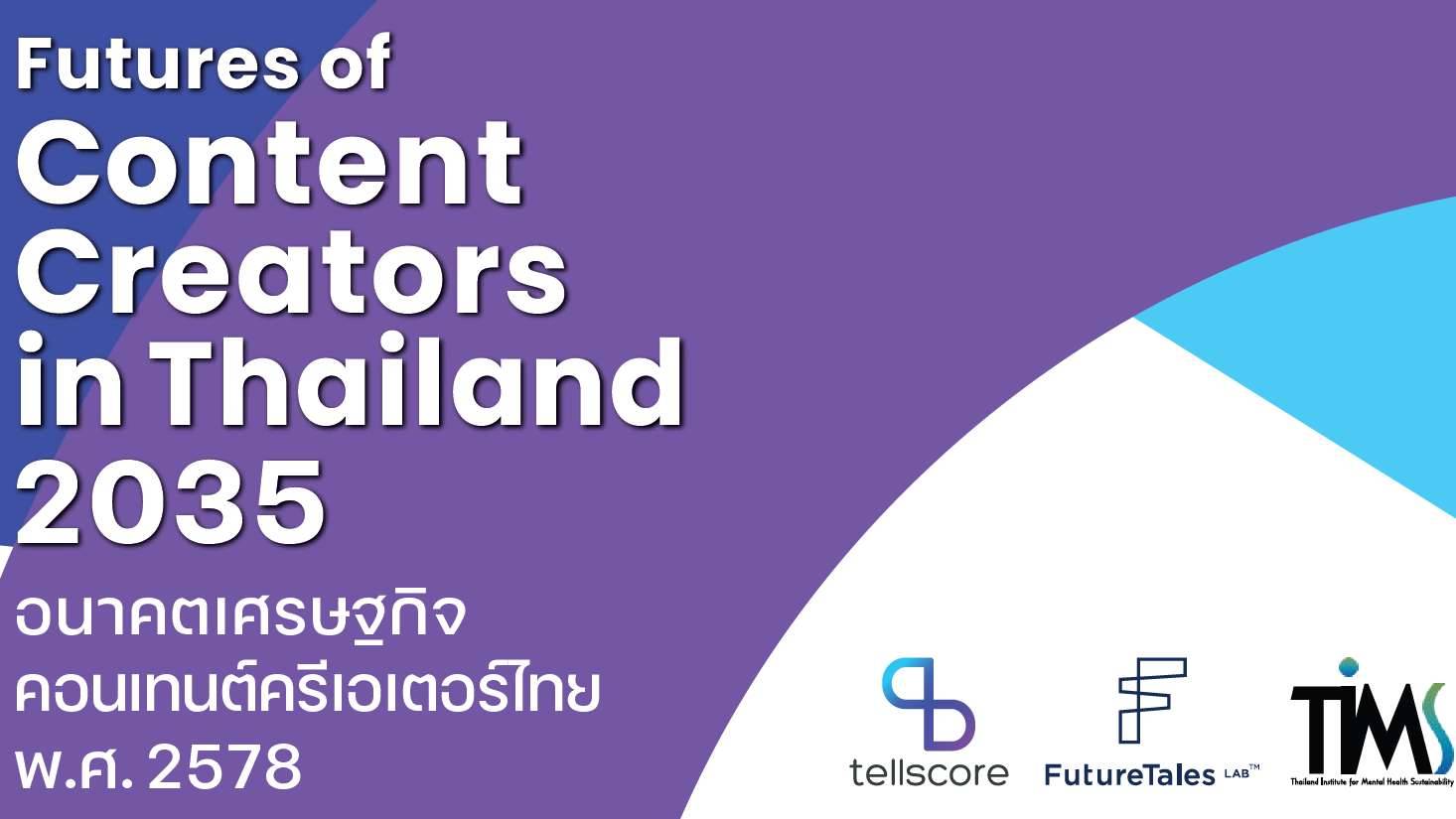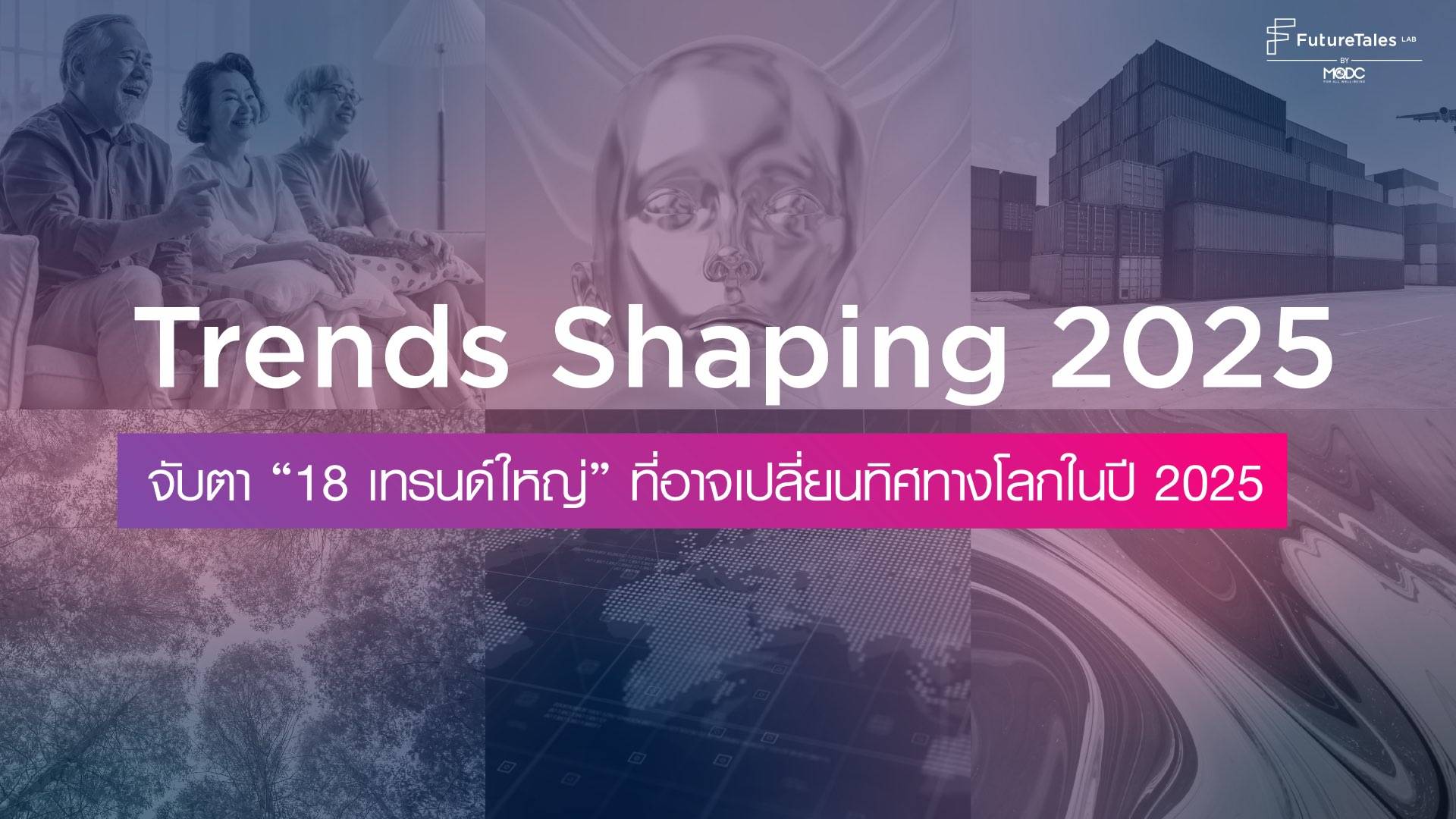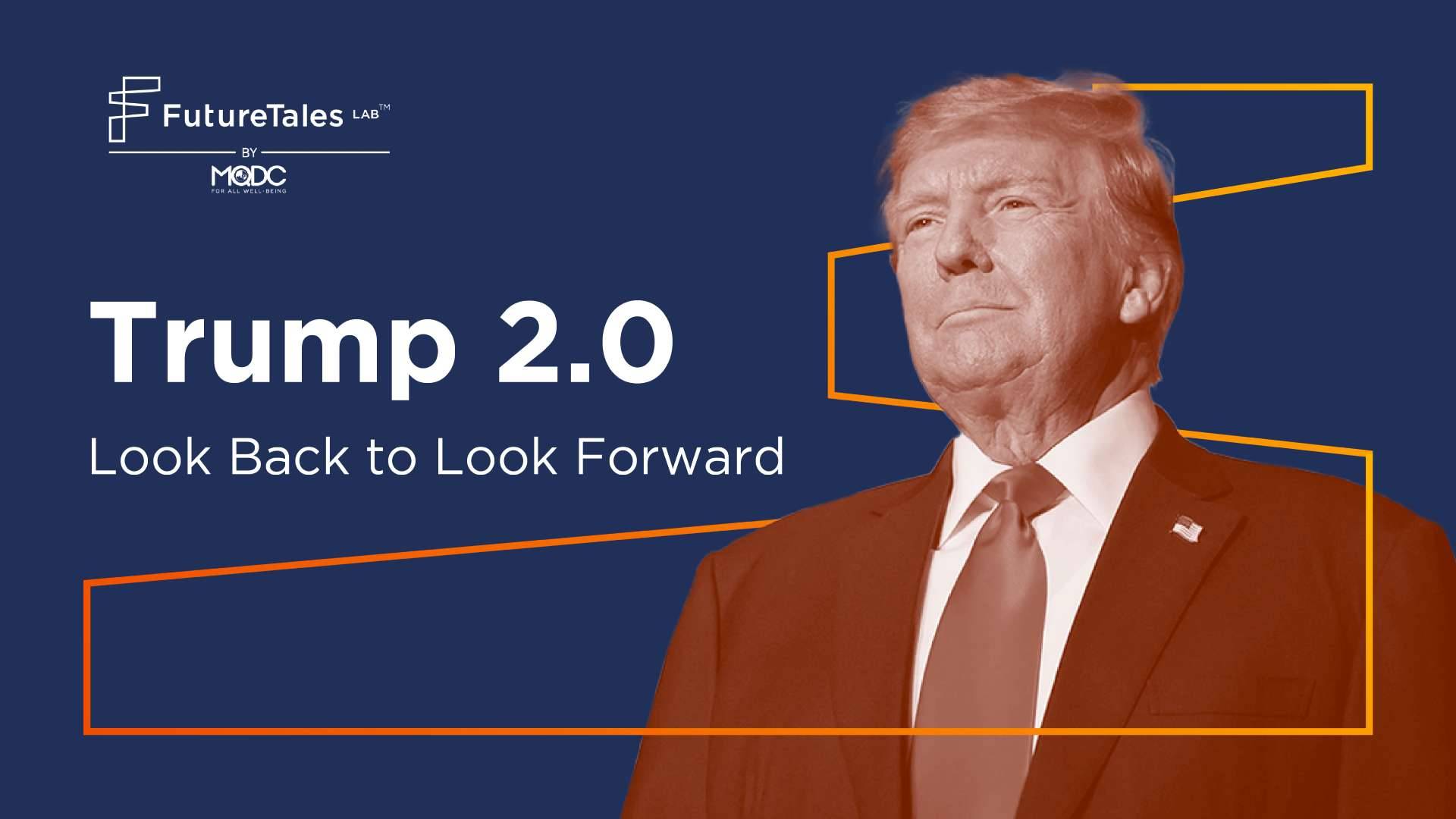
6 Trends for Future Of Museum
ARTICLES | Jan 31, 2024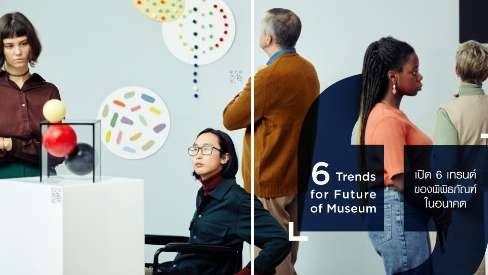
[#Museum] There were 103,842 museums around the world in 2021. Thailand had 1,526 and ranked 13th globally, according to a report by UNESCO.
In museology, the word “museum” means not just a place for display but also a learning center.
Historic parks, zoos, and parks were worth an estimated US$97 billion in 2023, recovering 60% after the pandemic and set to reach US$120 billion by 2027.
International Council of Museums (ICOM) defines a “museum” as a non-profit organization that serves society in researching, collecting, preserving, interpreting, and displaying tangible and intangible heritage.
They are permanent public facilities open and accessible to all. By promoting diversity and sustainability, acting and communicating ethically and professionally, and involving the surrounding community they create a variety of educational experiences, enjoyment, reflection, and knowledge sharing.
Museums in the future will be fundamentally different. Bompas & Parr, a studio for designers, artists, architects, chefs and strategists, defines 6 criteria:
1. Weird
2. People-focused
3. Creating a mixture of differences (heterotopias)
4. Stimulating visitors to take an emotional journey
5. Enabling people to learn from the past for a better future (futuristic)
6. Letting people have a moment of detachment and reflection about the world and life (sanctuaries)
6 new trends are also predicted:
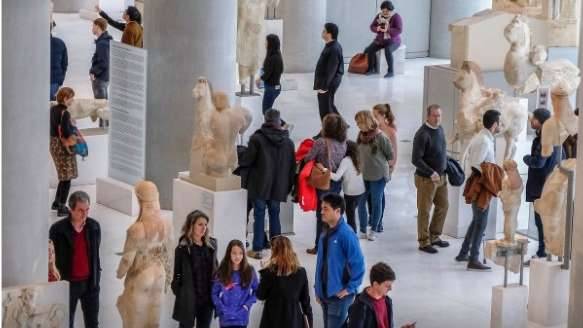
1. Polarised Personalization
Trends in business organizations and consumers are being split between the desire to be independent and (individualism) and integration into groups (collectivism). These two values are reflected in many phenomena such as
- 87% of businesses have strategies in place to enable consumers to become content producers on social media. User-generated content (UGC) helps increase empathy and conveys sincerity. Content producers are free to share their own unique ideas and creativity on social media.
- Subscription-based entertainment is valued at US$137 billion in 2023 and will grow to US$225 billion by 2030 at a cumulative annual growth rate of 7.2%. Consumer increasingly demand personalized service and brands can better understand each group of consumers in each type of behavior.
- Sharing economy, valued at US$387 billion in 2022, is expected to grow to reach US$827 billion by 2032 at an annual rate of 7.7%.
Generative AI will lead to even more questions being asked about the relationship between designing personalized experiences and gathering groups of people with similar preferences or behaviors that will move in any direction.
Future museums will need to understand visitors both as individuals and as a group of interests. Relationship management and business models will play an increasingly important role, even for non-profit organizations to make people feel connected and connected to the museum
Important implications for the future:
- Consumers are trying to find their own identity and preferences more prominently to differentiate themselves from others, while brands try to put consumers into groups to manage resources and provide services.
- Consumers who are unsure of their preferences try to group together. Artificial intelligence algorithms will play an increasingly important role in recommending channels and information to platform users.
#FutureofMuseum
Sources: SearchLogistics, Coherent Market Insights, Allied Market Research
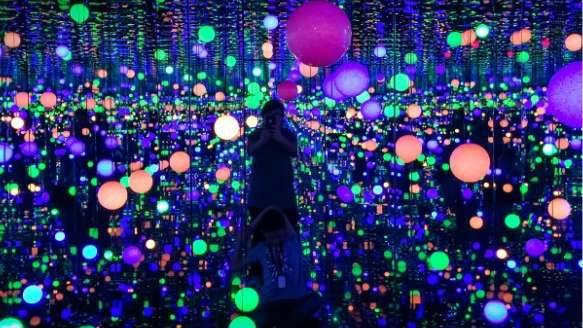
2. Super Optimized Spatial Storytelling
The museum of the future must be able to present compelling stories and meet audience expectations within limited space and time. It can also create anticipation for the audience to look forward to the next show.
Museums and other cultural institutions must be able to model a parallel world instead of creating a future that has yet to come. The use of extended reality (XR) technologies such as VR/AR and holograms will play an increasingly important role in creating superior experiences in both the real and virtual world.
The concept of Exhibition On Screen (EOS) will make movies an adventure. Experiential adventures, like movies, will be a more interesting way for the audience to participate in the exhibition.
Creatively applying artificial intelligence in museums will play a key role in designing personalized experiences for each viewer, including new forms of use.
Important implications for the future:
- The museum of the future is designed to allow viewers to become more involved in the content through creativity and the senses, no longer just viewing or listening.
- Museum work will move closer to the entertainment industry, resulting in a combination of various forms of entertainment to communicate with viewers.
#FutureofMuseum
Sources: Applied Sciences, Universal Access in Human-Computer Interaction
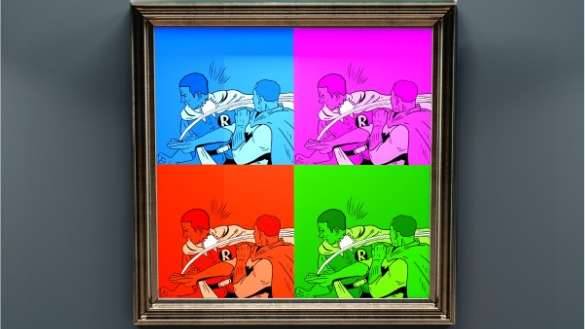
3. The Anti-Museum Trend
Museums are reconsidering their own values and roles. What’s worth collecting in the future will no longer be limited to works of art, antiques, or valuables. Intangible things that people value, such as memes or junk files on the internet, are increasing in popularity. This leads to the question of whether museums, as places in the physical world, are still necessary.
Important implications for the future:
- Digital museums are becoming more popular. Many museums are starting to create digital twins, or digital versions of their museums alongside their real-world exhibits.
- New artists with will have more space to showcase their talent and work. But artists and exhibition platforms will face increased competition to attract people to their events.
#FutureofMuseum
Sources: Journal of Research in Interactive Marketing, MuseumNex

4. Museums = The Ultimate Date Museum
Since the pandemic, 33% of the world's population have felt lonelier. Young people especially are bored with their lives and looking for activities or experiences outside the daily routine.
Museums can play a huge role in providing spaces and opportunities for people to spend time interacting and having fun. A survey on the purpose of visiting cultural sites, zoos, water parks and museums from 2011 to 2015 found the top objective was always to spend time with family and friends.
The museum of the future mightn’t necessarily be a quiet place. It could also be a space for exchanging knowledge. Many museums are also starting to experiment with opening at night.
Important implications for the future:
- Increasing space and activities for fostering interaction between museum visitors will become more necessary according to people's needs.
- Tour guides and occupations related to cultural tours will focus more on individual visitors.
#FutureofMuseum
Sources: PsyArXiv, Advances in Creativity, Innovation, Entrepreneurship and Communication of Design, Ipsos, Nordic Museology
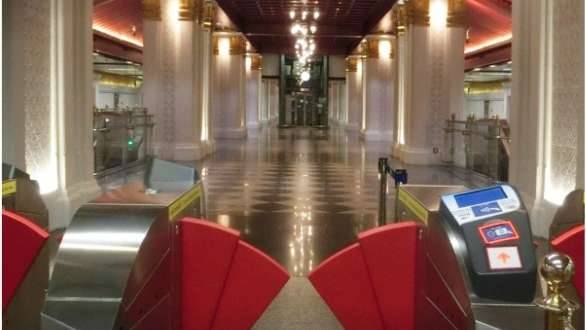
5. Rollercoaster Pedagogy
People spend an average of 14-30 minutes walking through a museum, with 80% spending less than 20 minutes. People in the future are expected to spend less time browsing large exhibits, without a navigation system and a story that excites them.
The conversation about future museums has thus begun to focus on a world where people can visit drive-through museums while traveling, such as between home and work. Museums could be set up in various places in the city such as airports, subway stations. There is also the beginning of combining the fun of holding fun fairs with organizing learning and museums (funfair galleries).
Important implications for the future:
- Spreading large museums into cultural learning resources throughout the city has become a trend in the development of urban public spaces.
- Developing methods for communicating cultural knowledge that are easy to understand, fun, and not time consuming will become an important direction for cultural heritage communicators in the future.
#FutureofMuseum
Sources: Curator: The Museum Journa
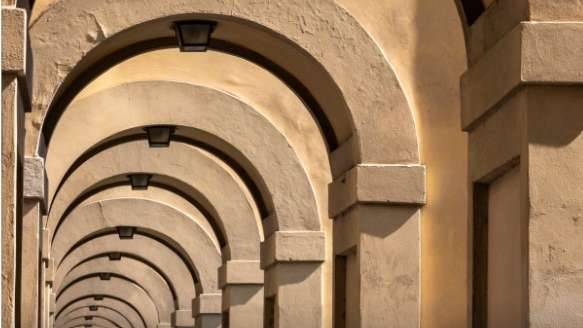
6. ระหว่างทางที่ไม่มีที่สิ้นสุด (Endless In-betweens)
“Liminal Space” พื้นที่แห่งการเปลี่ยนผ่าน แดนสนธยา หรือเขตน่าพิศวงงงงวย เป็นคำเรียกพื้นที่ที่ดูเหมือนธรรมดาแต่ชวนให้ผู้มองรู้สึกอึดอัดหรือกระอักกระอ่วน น่าขนลุก เช่น ชิงช้าในสนามเด็กเล่นที่แกว่งไกวในยามค่ำคืน ลานห้างสรรพสินค้าที่ไร้ผู้คน ทางเดินในโรงแรม หรือโรงเรียนเวลาโพล้เพล้ เป็นต้น เป็นพื้นที่ที่ชวนให้ผู้คนรู้สึกสนใจ ในขณะเดียวกันก็รู้สึกสับสน ซึ่งมักถูกนำไปเชื่อมโยงกับ “The Backrooms” หรือคำเรียกพื้นที่มิติลึกลับไร้ทางออกซึ่งมักถูกนำไปใช้ในสื่อและภาพยนตร์ต่าง ๆ เช่น The Upside Down มิติสีเลือดอีกด้านของเมืองฮอว์กินส์ จากซีรีส์ดัง Stranger Things เป็นต้น
ปัจจุบัน มีนักออกแบบและสถาปนิกที่นำแนวคิดการสร้างพื้นที่ดังกล่าวไปใช้ทั้งในและนอกพิพิธภัณฑ์ เพื่อออกแบบให้สถานที่ดังกล่าวมีความน่าสนใจและดึงดูดให้ผู้คนที่ผ่านไปมาหยุดมอง เช่น Corridoio Vasariano ในเมืองฟลอเรนซ์ ประเทศอิตาลี หรือโครงสร้างเมืองอัจฉริยะ The Line ประเทศซาอุดิอาระเบีย เป็นต้น
นัยยะสำคัญที่มีต่ออนาคต:
- การพัฒนาพื้นที่สาธารณะในเมืองให้กลายเป็นแหล่งการเรียนรู้เชิงวัฒนธรรมกลายเป็นสเน่ห์ของเมืองในอนาคต-
#FutureofMuseum
Sources: The Museums of Florence
อ้างอิงจาก
- https://www.uffizi.it/en/corridoio-vasariano
- http://www.museumsinflorence.com/musei/corridoio_vasariano.htm
